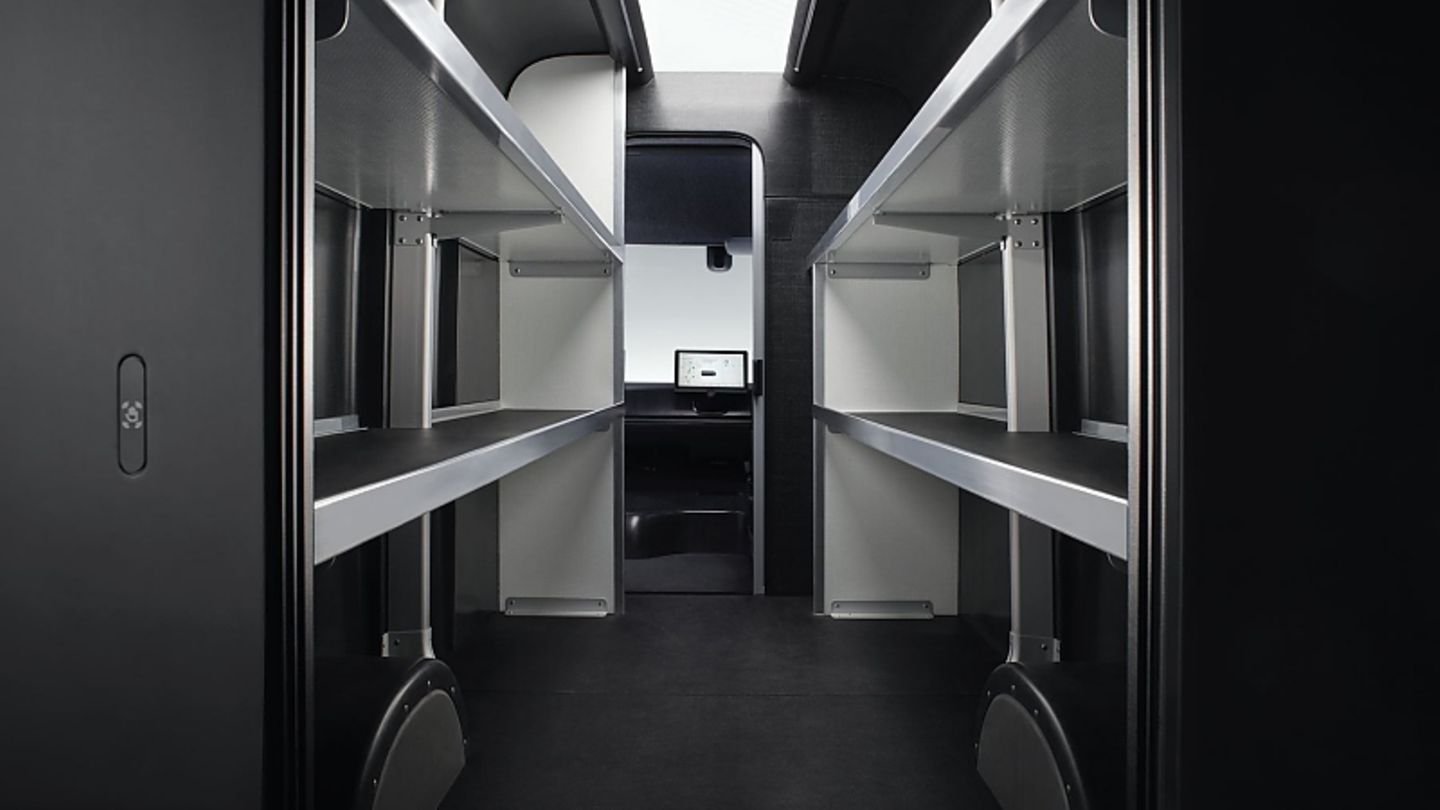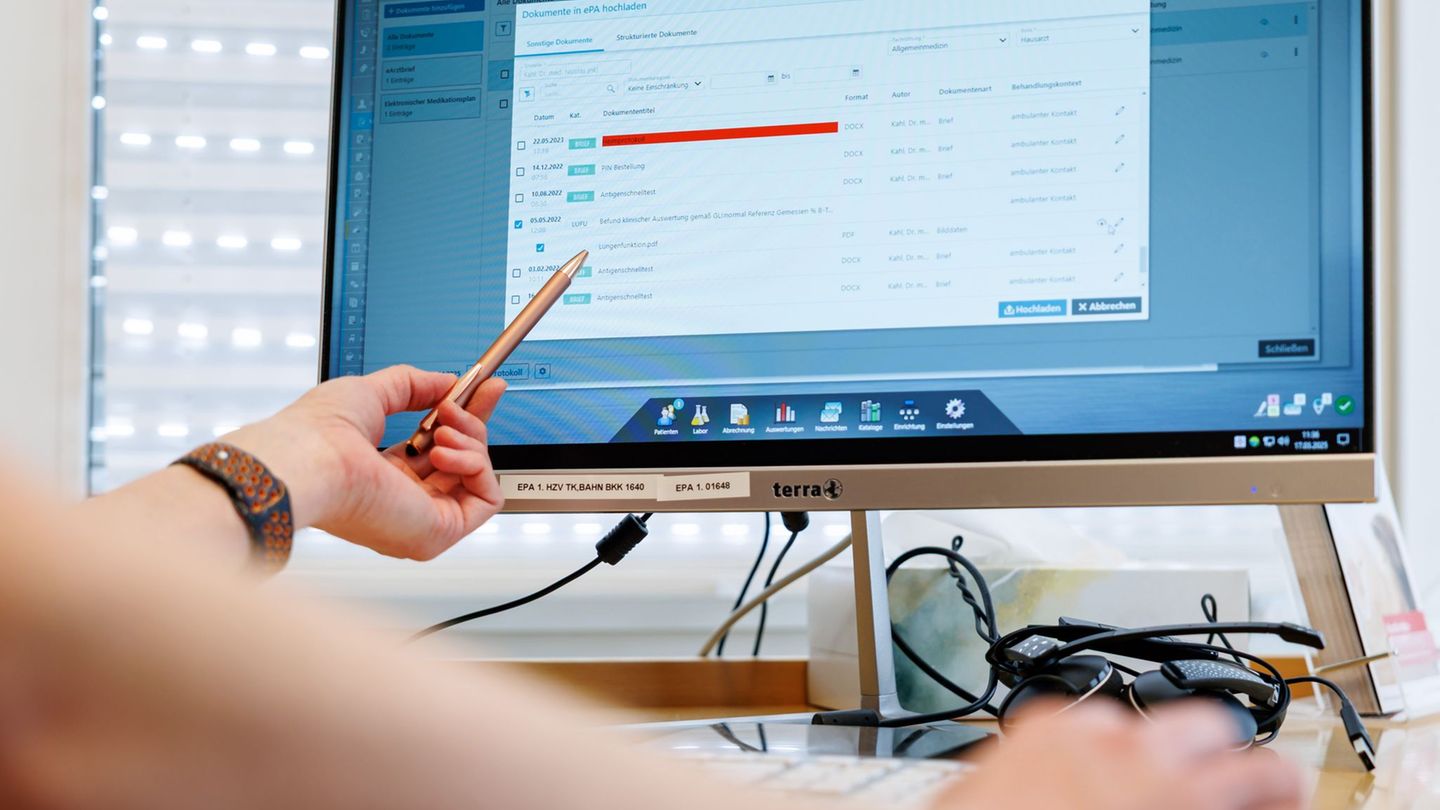The start-up Arrival wants to revolutionize car manufacturing. Instead of long assembly lines, the English rely on robot cells in which the machines take on various tasks and manufacture most of the required parts themselves.
Arrival sounds like the title of a science fiction film from Hollywood. If you look at the plans of the British start-up, they actually sound fantastic at first glance. Instead of monstrous production systems and long assembly lines, robot cells in microfactories are to take over the production and assembly of the electric vehicles. The trick with this approach is that the machines are not specialized in one task, but can take on various tasks with the help of the appropriate software programs. Of the 2,000 Arrival employees, more than half are software engineers who feed the robots with software and turn them into a kind of egg-laying woolly milk pig. So there are around 70 instead of hundreds of robots in an arrival production facility. “We see ourselves more as a tech company than a classic car manufacturer,” explains Benedikt Bucher, who heads sales in Germany, Austria and Switzerland.
The Munich resident is not this year’s rabbit in the automotive start-up business, because he worked for Tesla for five years between 2014 and 2019 and then for almost a year at the Chinese manufacturer Aiways. “We want to rethink the vehicle from scratch,” says Bucher. It starts with many of the components in electric vehicles, which are based on the dimensions ten by ten centimeters or derivatives thereof, such as ten by 30 cm. The whole vehicle has a modular structure and every part can be replaced quickly and easily. This also applies to the assistance systems, because at some point the arrival vehicles should be able to act autonomously.
Arrival manufactures most of the elements of its vehicles in-house, including the composite materials for the interior and body, which are made of fiberglass and propylae, making them very light. Another advantage of these components is that they do not dent or break immediately in the event of contact or an accident, but rather spring back. Since the color is also mixed in during production, scratches are not a big issue either. The operators of commercial vehicles for which the arrival vehicles are designed will be happy to hear that. In addition, the vehicles are quite light and, despite the batteries, not significantly heavier than a van with a classic diesel engine. The van that we were able to examine was an L3, H3 version that is 5.92 meters long and 2.73 meters high. You can stand in it very relaxed. According to the developers, the high structure should not pose a problem in terms of driving dynamics due to the low-mounted battery.
The start will be made in the third quarter of next year with a transporter, which can be ordered as a so-called “walk in” variant, as used by delivery services, as a pure cargo variant or as a pure chassis that can be equipped with your own body. The modular skateboard platform on which the arrival vehicles are based helps here. The delivery service UPS is enthusiastic about the arrival idea, has ordered 10,000 vehicles and is using the first walk-on vans every day. For the arrival technicians, these everyday test runs provide important insights in order to improve the practicability of the vehicles. The Stromer is available with three battery sizes and corresponding ranges (WLTP): 67 kilowatt hours (180 kilometers), 89 kWh (240 km) and 111 kWh (290 km). With the largest battery pack, the transporter weighs 2,835 kilograms and can charge up to 1,415 kilograms. The batteries can be charged with a maximum of 120 kW at a DC charging station and 11 kW at an AC filling station. Incidentally, the battery cells come from LG Chem, and Arrival manufactures the electric motors itself.
When it comes to dimensions, the Stromer offers the same options as a classic commercial vehicle. The van will be available in three lengths of 5.25 meters, 5.56 meters and the aforementioned 5.92 meters and three roof heights, with the extra-high version measuring three meters. The maximum speed is 120 km / h, it is not yet clear whether an NCAP crash test will be carried out. “We look at it because it is important for our customers,” says Benedikt Bucher. It shouldn’t stop with the vans. Production of the Arrival passenger bus is also scheduled to start in 2022, and a year later there will be a car that will be tailor-made for transport services such as Uber, with which Arrival has entered into a cooperation. “The focus will be on the passenger,” reveals Benedikt Bucher. So probably a lot of space with business class seats. The start-up’s concepts are well received by established automobile manufacturers. Hyundai and Kia have contributed a total of 100 million euros. The Koreans want to use the skateboard platform to develop “Purpose Built Vehicles” (PBV). The alliance with the major automotive group helps the British with purchasing. Two micro-factories are already in operation: one in Bicester, UK, the other in Rock Hill, South Carolina, and another in Madrid is planned. The price of the van is the same as the weight. The target value is that of a diesel vehicle from a premium manufacturer. For comparison: a Mercedes Sprinter as a panel van costs at least 51,000 euros including VAT.
I am a 24-year-old writer and journalist who has been working in the news industry for the past two years. I write primarily about market news, so if you’re looking for insights into what’s going on in the stock market or economic indicators, you’ve come to the right place. I also dabble in writing articles on lifestyle trends and pop culture news.




